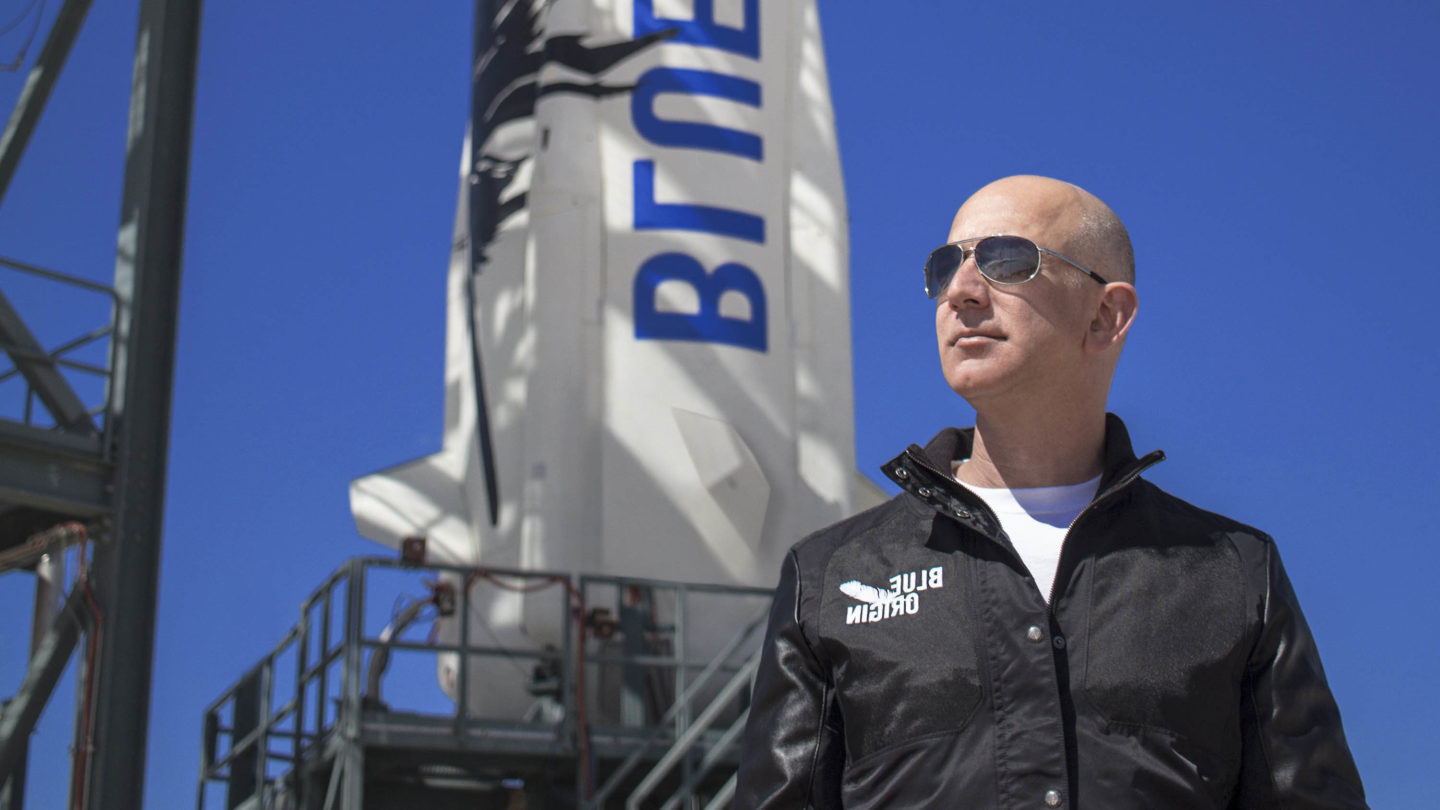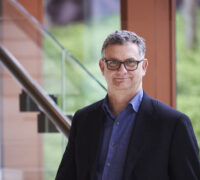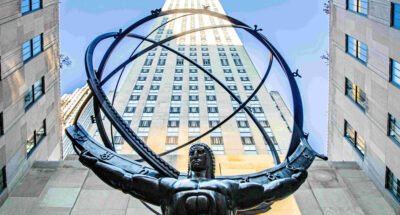2. Going beyond the rear-view mirror: ‘sense making’ versus legacy making
It is natural for former CEOs to become captivated by a desire to manage their reputation after they have stepped away. Whether it’s to ensure their legacy is intact, give their version of events, or even avenge rivals, the major beneficiary of reputation management will be the feelings of self-worth and achievement of the CEO. There will always be many versions of a leader’s legacy. Trying to get the correct version out is not only futile, it keeps leaders trapped in the past.
There will be a temptation to write memoirs to set the record straight, or contact journalists who can tell their side of the story. The temptation is often to share these things publicly. Many former bosses write memoirs, give interviews to journalists, or become the subject of MBA case studies, especially if their departure from the top brass was acrimonious. While it is tempting to spend energy correcting the perception of the past, doing so also keeps us imprisoned by the past.
“Sense making” is an iteration between past and the present. It requires an awareness of how our history defines and constrains our identity, while continuing to pay attention to signals, thoughts and moments in the present context. The present and the past may not immediately reconcile or make sense, but this is an opportunity. Let’s take the case of a former senior executive of a family business (who interestingly, wishes to remain anonymous). She gave herself six months after her departure as the CEO of a mid-sized company, and then began to engage in exploration, trying many different avenues which touched on family foundation, philanthropy, reeducation, fashion, design, and photography. Some of these were things that she might have been interested in during her 20s, but she dropped them due to pressure to enter the family business. As she explored these different domains, she noticed how her need to feel competent kept coming back. . But she persisted, and as she did so, she started to be kinder to herself. “Can I only feel joy if I am brilliant at what I do?” As time went on, she developed a portfolio of activities, that had a common theme of education. “It was as if I relived my twenties – a chance to reshape my identity”. And as she become more comfortable with her “educational activist” identity, she gradually saw connections with her previous life as a CEO.
Shifting identity is not easy. It is uncomfortable. If a leader has engaged in exploration, they will have opened doors that would not have been opened otherwise. “Sense making” is an integration of the door behind us and the door in front of us, between new and old. Ironically, it is the dissonance between the present and the past that brings insight and potential renewal. Simply telling a good story that creates a legacy might satisfy our self-esteem, but will have little impact on how we renew ourselves and move forward.
Learning is difficult while in CEO roles, but once the descent begins, it’s an opportunity to lean in and look at all the things that were too hard to look at while you were CEO, including your sources of self-esteem and competence. Staying where you felt you have always belonged is the easier path.

Audio available

 Audio available
Audio available




